After printing a few things that fit into your build volume, you’ll probably land up printing 2 piece prints that snap into each other. The bigger you go, the more likely you are to start gluing parts together. Here’s my favorite glue for PLA as well as some other very popular choices.
The best glue for PLA is superglue, formally known as cyanoacrylate. It’s the best for PLA because it cures quickly, has a strong bond, and the join between the two parts is seamless if done correctly. Superglue works best for PLA with its only disadvantage being that it does not flex.
Epoxy is also very good at gluing PLA parts and can handle a bit of flex if you buy the right one. The label should specify the characteristics of the epoxy. My favorite super glues are Loctite, Krazy Glue, and Gorilla Super Glue but most will get the job done if you apply them correctly.
I suggest practicing with smaller parts before gluing massive prints together. Once the glue sets, it’s almost impossible to remove without damaging the print.

How Do You Glue 3D Printed PLA Parts?
- Sand down the surfaces with sandpaper.
- Clean the surfaces with a damp cloth.
- Put the glue on by drawing a few lines over the surface, not too close to the edges.
- Without squeezing more glue out, distribute the glue around the surface with the nozzle.
- Get your parts into place before the glue sets.
- Clamp the parts if necessary.
- Wipe the seams off with a damp cloth before they dry completely.
Tips For Gluing 3D Printed Parts
For the best possible results, sand down the surface area of the parts you’re gluing, this will make the bond much stronger as you increase the amount of surface area on the print.
Wipe the surfaces off with a damp cloth or alcohol to make sure they’re clean before applying the glue.
Lay down some paper that you can work over whenever you’re gluing any parts. The glue sets quickly and you’ll have a hard time removing it from your work bench later.
Wear gloves, even if it’s just disposable rubber gloves to keep any glue from getting on your skin.
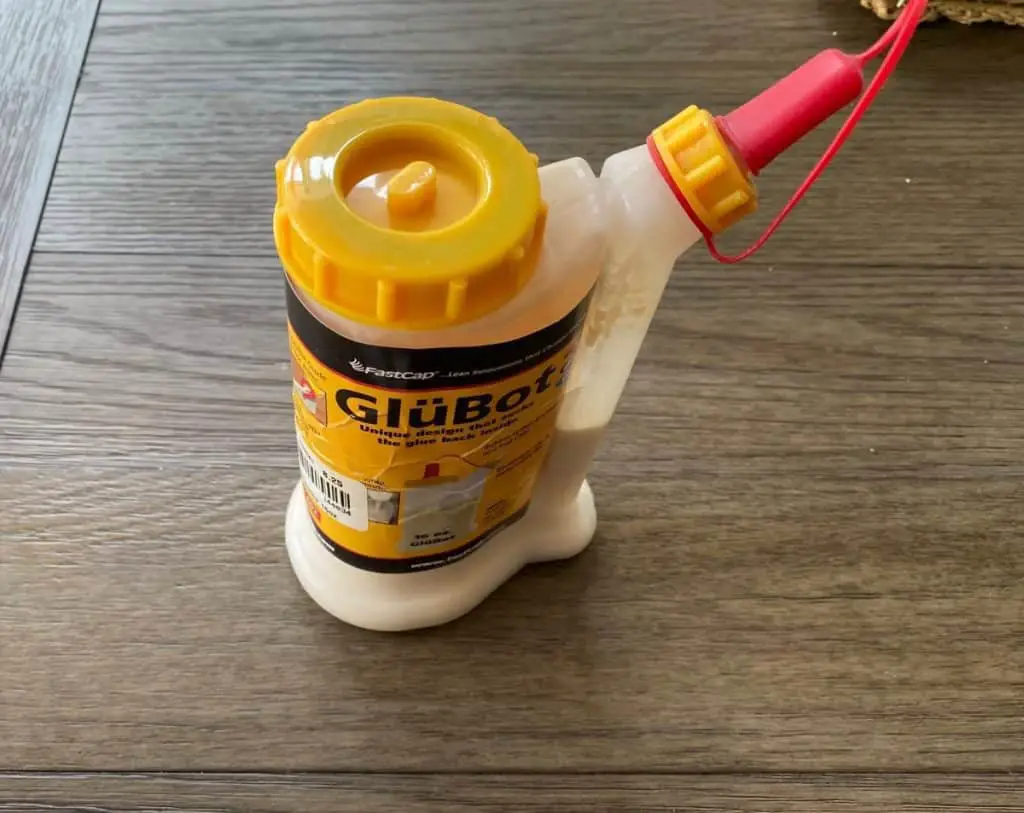
How Well Does Loctite Super Glue Work?
Loctite is one of the best types of glues to use for joining 3D printed parts. I like to use it on smaller parts. Keep a damp cloth ready to wipe off the seams and hold the parts in place while the glue sets within minutes. It’s a powerful bond but won’t hold up if it bends because of its very rigid nature.
Is Gorilla Glue Good For 3D Prints?
Gorilla glue is good for joining 3D printed PLA parts together. But if I’m getting Gorilla Glue, I try to get Gorilla Super Glue which dries quickly so you don’t need to clamp and it doesn’t require moisture to activate.
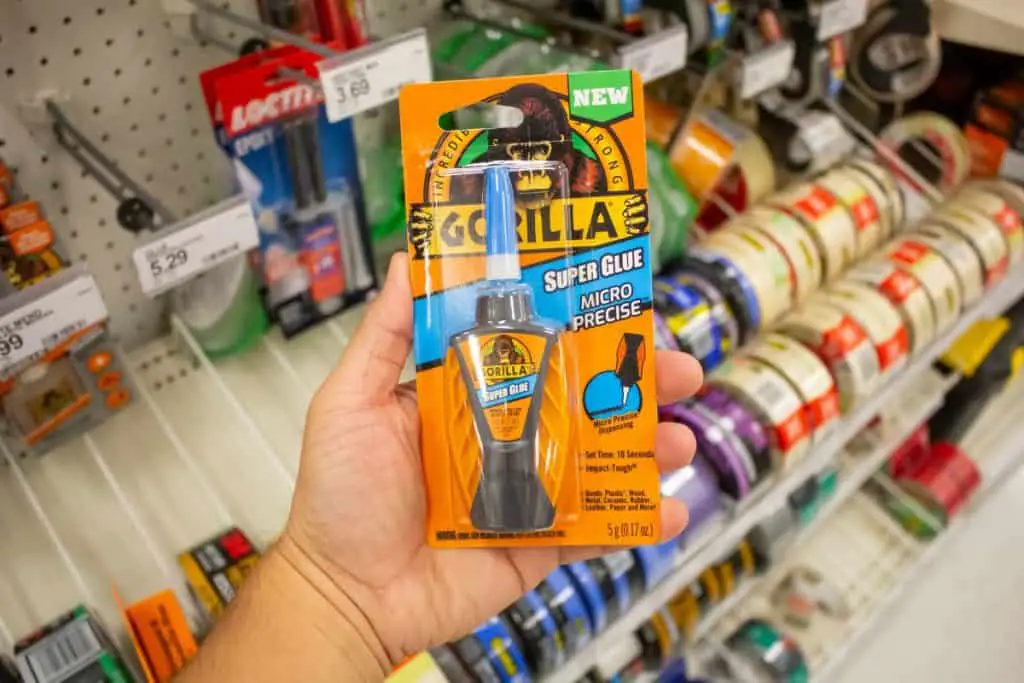
Plumber’s Cement For PLA
Plumber’s cement is an extremely powerful bonding agent and will work very well with PLA. It’s not transparent so expect to see a bit of a seam unless you clean it up flawlessly after sticking the parts together.
Sand the surfaces down as you would with any other glue and lay the cement on, clamp the parts to each other and allow to dry overnight.
Here is a the plastic cement that I like to use on PLA.
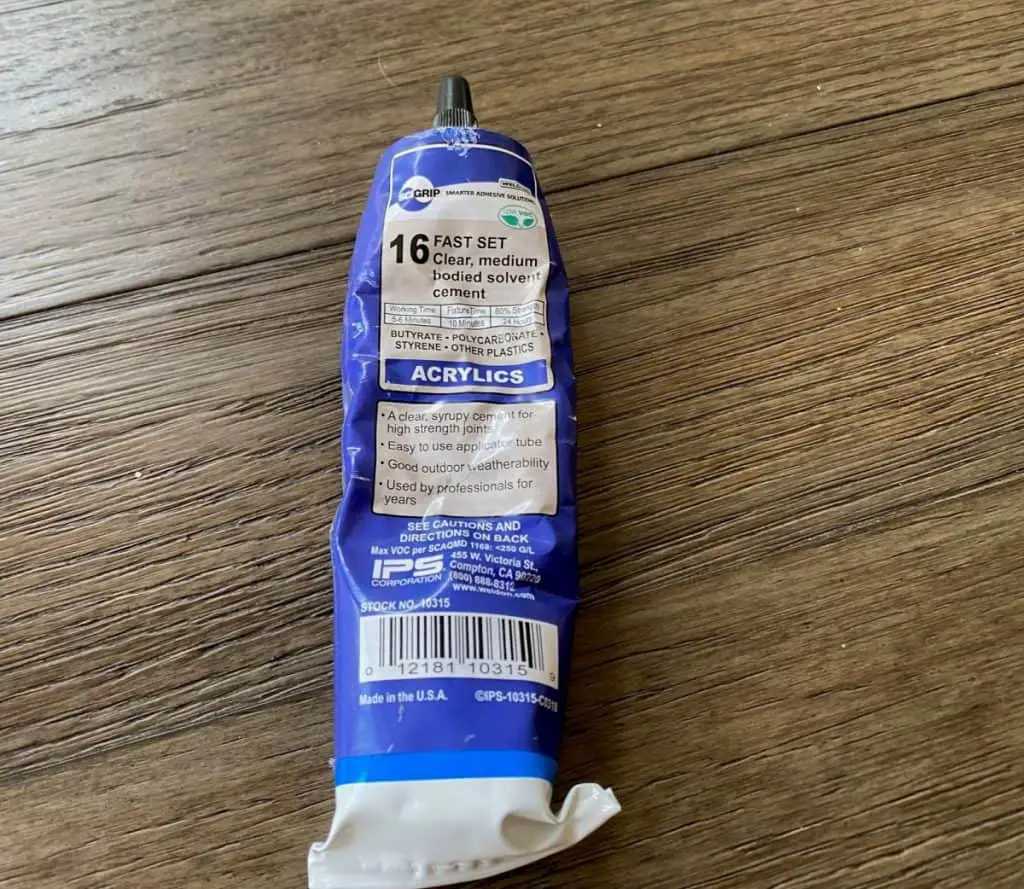
Epoxy For PLA
Epoxy works well on PLA but is more difficult to work with. Epoxy consists of two parts, the resin and the hardener. You need to mix them together to start a reaction that will cause the epoxy to set and stick the two parts together.
Can You Use E6000 on PLA?
E6000 is well known as a powerful glue in the arts and crafts world. It can bond a range of different materials, including PLA. It offers a bit more flexibility compared to superglue but still isn’t suited to bend much.
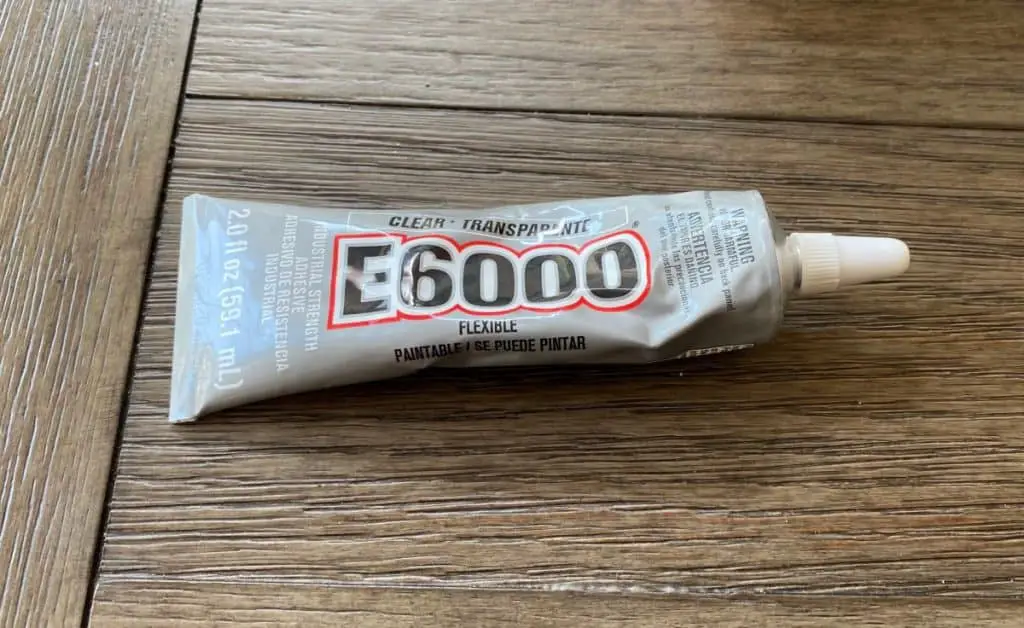
Weld-on #16
Weld-on #16 is very effective at gluing PLA. I like it because it’s not too thick, so it spreads around easily and I’m usually able to get it done with hardly any seam. Just wipe any glue off the outside before it dries. This is a good value for money option that’s tried and tested on PLA.
Does Silicone Glue Work On PLA?
Silicone glue works on PLA but you won’t be able to glue the two parts close together like you can with superglues. It requires 1 or 2 millimeters of space between the parts to bind properly, so although it can work to bond PLA, I do not recommend it.
Kneadatite Green Stuff
Kneadatite is a putty that model makers have used for many years. It’s ideal for adding detail to 3D prints but can also bond PLA. Just mix the yellow and blue putty to create the “green stuff”.
Once it’s turned green, you have around 90 minutes to work with it before it gets hard, although full curing takes 4 to 5 hours.
With some sculpting tools, you can really add some exceptional detail to the putty before it dries.
Bond Parts With A 3D Pen
You can use a 3D pen to weld PLA parts together. My advice is for you to sand down the edges of the print so that when you put the two parts together, there’s a gap you can fill in with your 3D pen. Load the same PLA filament used for your parts and fill in the seams created by the sanding.
I prefer this method over the putty option because color matching is easy since I can load up the same filament in the pen.
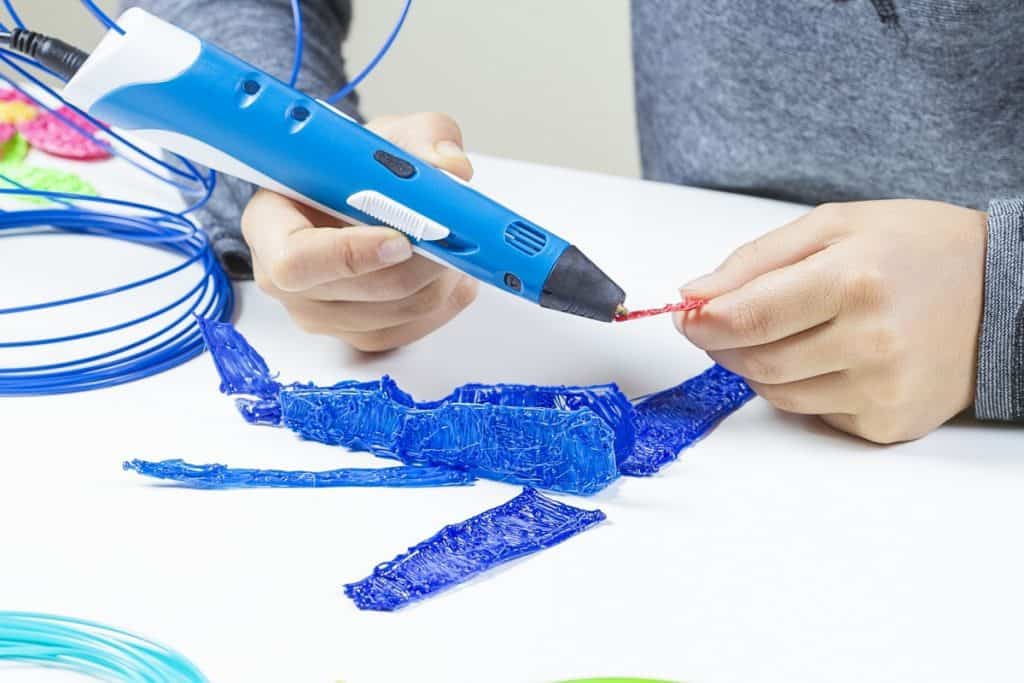
Related Articles
- How to Print a File from Thingiverse (The Easy Way!)
- Create a Temperature Tower Using Cura – The Easy Way
- Cura Profiles
- Do 3D Printers Use a Lot of Power? (The Numbers Inside)
- Can You Mix 3D Filament Colors?
- This Is How Much 3d Printer Filament You Really Need!
Conclusion
For joining PLA, superglue and epoxy are your best options. Use Loctite, Weld-on #16, or Gorilla glue for small parts and Plumber’s Cement and E6000 for bigger parts because you can buy them in bulk. Epoxy is also a good option for bigger parts because you can buy it in larger quantities compared to superglue.
The putty options are more for people who want to change the design even if it’s just some detail to make it look better.
Gluing parts together perfectly is an acquired skill, you’re not going to get it right on the first try. Practice gluing smaller parts together before bigger parts to save you the hassle of reprinting later.
Make sure you check out our YouTube channel, and if you would like any additional details or have any questions, please leave a comment below or join us on Discord. If you liked this article and want to read others click here.
